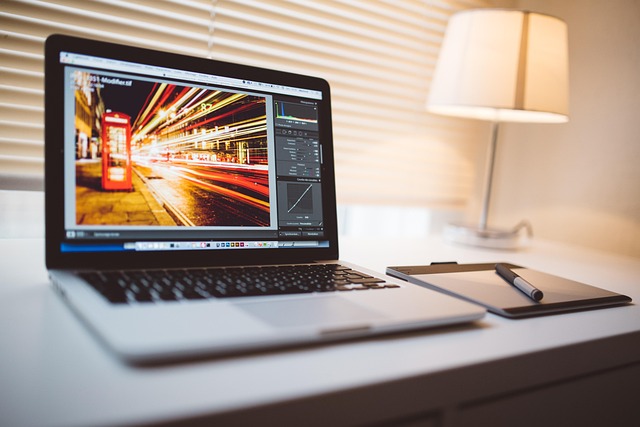Mastering the Art of Mixer Magic: A Step-by-Step Guide
When it comes to creating amazing content, the mixer plays a crucial role in blending all the elements together seamlessly. Whether you’re mixing audio, video, or even live streams, mastering your mixer can transform your work from average to extraordinary.
Understanding the Mixer
The heart of any content creation process lies in balancing various audio and visual inputs. A mixer allows you to control the volume, tone, and effects of different sources, ensuring every component complements the other perfectly. Think of it as painting on a canvas where each brushstroke adds depth and character to your masterpiece.
Step 1: Get to Know Your Gear
Before diving into complex operations, familiarize yourself with your mixer’s layout. Identify the channels, faders, knobs, and auxiliary sends. Knowing where everything is and what it does gives you confidence and precision. Remember, a mixer is more than just a box with buttons—it’s your creative toolkit.
Step 2: Organize Your Inputs
Label your microphones, instruments, or devices plugged into the mixer. Clear organization helps avoid confusion during live editing or recording sessions. When you know exactly which channel controls what, your workflow becomes smoother and mistakes fewer.
Step 3: Balance Your Levels
Start by setting all faders at a neutral or zero position. Gradually increase each input, listening carefully to avoid clipping or distortion. The goal is to achieve a harmonious blend where no single source dominates unless intentionally designed. This balance creates an immersive experience for your audience.
Step 4: Apply Effects Thoughtfully
Many mixers come with built-in effects or send channels for external processors. Use reverb, delay, or equalization sparingly to enhance the content’s mood without overpowering the natural sound. Effects are spices; a pinch can elevate your mix, but too much overwhelms.
Step 5: Monitor and Adjust in Real-Time
Content creation is dynamic, and your mixer provides the flexibility needed to adapt on the fly. Keep an eye on meters, listen carefully, and don’t hesitate to make small adjustments. Real-time mixing improves the overall quality and keeps your audience engaged from start to finish.
Step 6: Practice Makes Perfect
Like any art, mastering mixer skills comes with practice. Experiment with different settings, attend workshops, watch tutorials, and ask for feedback. Each session teaches you more about how sound and visuals interact, preparing you for bigger projects and creative breakthroughs.
In the end, the mixer isn’t just technical equipment—it’s a gateway to expressing your creative vision. By understanding and mastering its functions, you gain more than control; you gain the power to enchant your audience with every carefully blended element. Dive in, experiment, and let your content shine!




